World Liberty Financial Announces Plans To Launch Usd1 Stablecoin

The world of digital finance is poised for another significant shift as World Liberty Financial (WLF), a prominent player in global investment and asset management, has announced its plans to launch a new USD-backed stablecoin. This move signals a growing institutional interest in the cryptocurrency space and a potential reshaping of the stablecoin landscape, currently dominated by established players like Tether (USDT) and Circle (USDC).
The announcement has sparked considerable debate within the financial community, with analysts weighing the potential benefits of increased competition and innovation against the risks of market fragmentation and regulatory uncertainty. WLF's entry could present opportunities for greater stability and transparency in the stablecoin market, but faces the hurdle of building trust and achieving widespread adoption in a rapidly evolving environment.
WLF's Bold Entry into the Stablecoin Market
World Liberty Financial intends to release a stablecoin pegged 1:1 to the US dollar. The stablecoin will be named USD1. The company will hold reserves of USD in a bank account to back its value.
The launch is strategically aligned with the increasing demand for stablecoins in various applications, including cross-border payments, decentralized finance (DeFi), and institutional trading. WLF believes that USD1 can serve as a reliable and efficient medium of exchange within the digital economy.
According to a press release issued by WLF, the company plans to leverage its existing infrastructure and regulatory compliance framework to ensure the stability and transparency of the USD1 stablecoin. "We are committed to building a stablecoin that meets the highest standards of security and regulatory compliance," stated John Davies, CEO of World Liberty Financial, in the release. This statement emphasizes the importance WLF places on building a credible and trusted stablecoin.
Key Features and Planned Infrastructure
WLF aims to distinguish USD1 from existing stablecoins through several key features. They will ensure regulatory compliance and transparency.
First, USD1 will be subject to regular audits by independent third-party firms. This transparency is meant to increase investor confidence. The audits are intended to confirm that the reserves held by WLF fully back the circulating supply of USD1.
Second, WLF plans to utilize advanced blockchain technology to enhance the security and efficiency of USD1 transactions. The integration of secure smart contracts is designed to automate various processes, such as minting and burning tokens, thereby reducing the risk of human error and improving overall operational efficiency.
Third, WLF is actively engaging with regulatory bodies to ensure USD1 complies with all applicable laws and regulations. This proactive approach is aimed at building trust with regulators and establishing USD1 as a legally compliant and trustworthy stablecoin.
Impact on the Existing Stablecoin Landscape
The stablecoin market is currently dominated by a few major players, including Tether (USDT) and Circle (USDC). USDT is the largest stablecoin by market capitalization, and USDC is known for its regulatory compliance. WLF's entry into this space poses both challenges and opportunities for existing stablecoins.
On one hand, the increased competition could drive innovation and improve the overall quality of stablecoin offerings. Existing stablecoin issuers may be compelled to enhance their security measures, increase transparency, and lower transaction costs to remain competitive.
On the other hand, WLF faces the significant challenge of building trust and achieving widespread adoption in a market where brand recognition and network effects play a crucial role. Existing stablecoins have already established a strong presence in the DeFi ecosystem and have built partnerships with major exchanges and financial institutions.
Expert Opinions
"The launch of USD1 could potentially disrupt the stablecoin market by offering a new option with potentially better regulatory compliance," says Dr. Anya Sharma, a fintech analyst at Global Market Insights. She also cautioned that "WLF will need to overcome the hurdles of adoption and convince users of the stability and security of their new stablecoin to truly succeed."
However, some experts express concerns about the potential for market fragmentation and the challenges of regulating a rapidly growing stablecoin market. Professor David Lee, a financial law expert at Columbia University, stated, "The proliferation of stablecoins could create regulatory challenges and increase the risk of financial instability if not properly managed and supervised."
Potential Challenges and Regulatory Considerations
WLF's USD1 stablecoin, like all stablecoins, faces significant regulatory scrutiny. Regulators worldwide are grappling with how to regulate stablecoins effectively.
The US Securities and Exchange Commission (SEC) has taken an increasingly assertive stance on digital assets, including stablecoins. The SEC's stance can potentially impose strict compliance requirements on stablecoin issuers. These requirements could include capital reserve requirements, anti-money laundering (AML) measures, and consumer protection safeguards.
Furthermore, the lack of a unified global regulatory framework for stablecoins poses a challenge for WLF, which operates in multiple jurisdictions. The company must navigate a complex web of regulations and ensure compliance in each jurisdiction where USD1 is used.
Future Outlook and Implications
Despite the challenges, WLF's entry into the stablecoin market is a significant development that could shape the future of digital finance. The success of USD1 will depend on several factors, including the ability to build trust, achieve regulatory compliance, and gain widespread adoption among users and institutions.
If WLF can successfully execute its strategy, USD1 has the potential to become a major player in the stablecoin market, offering a reliable and efficient medium of exchange for the digital economy. This could lead to greater innovation and competition in the stablecoin space, ultimately benefiting users and fostering the growth of the digital economy.
Ultimately, the launch of USD1 marks a pivotal moment in the evolution of stablecoins and underscores the increasing importance of digital assets in the global financial system. The coming months will be crucial in determining whether USD1 can live up to its promise and make a lasting impact on the stablecoin landscape.


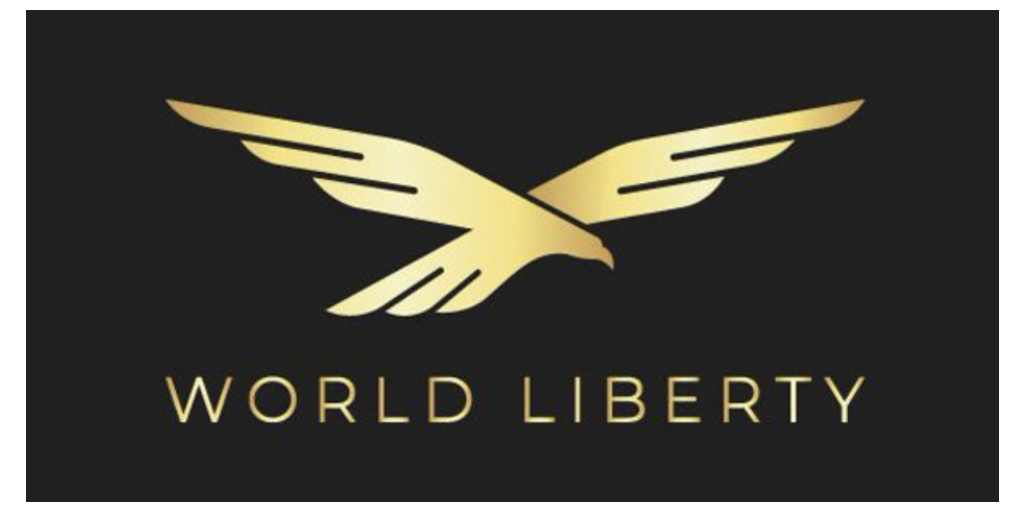
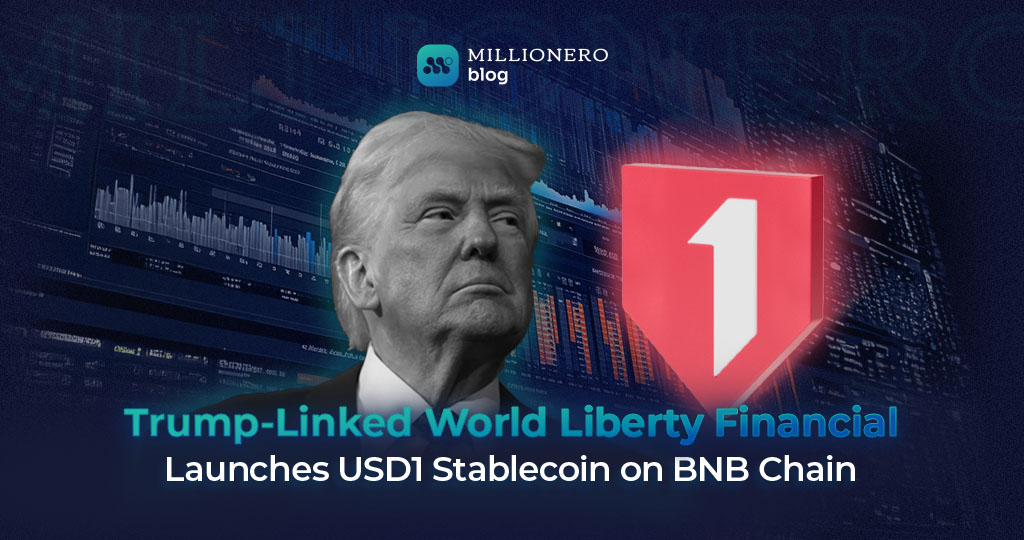
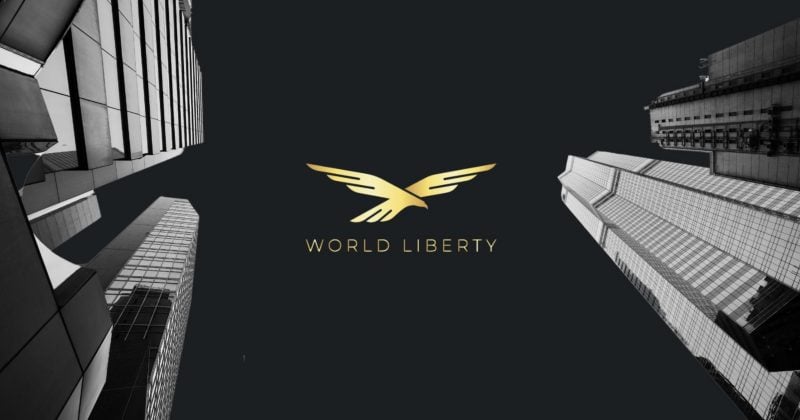

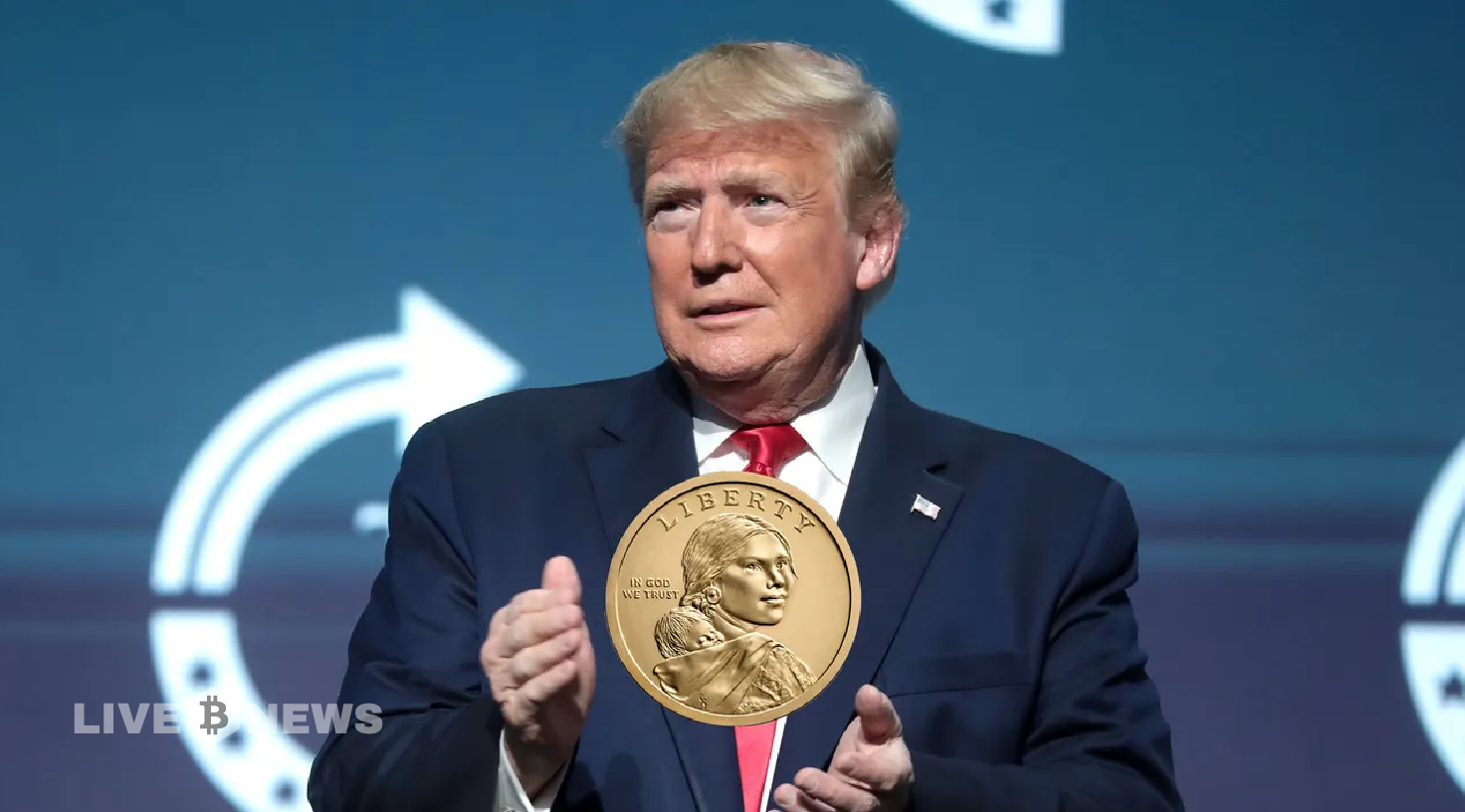
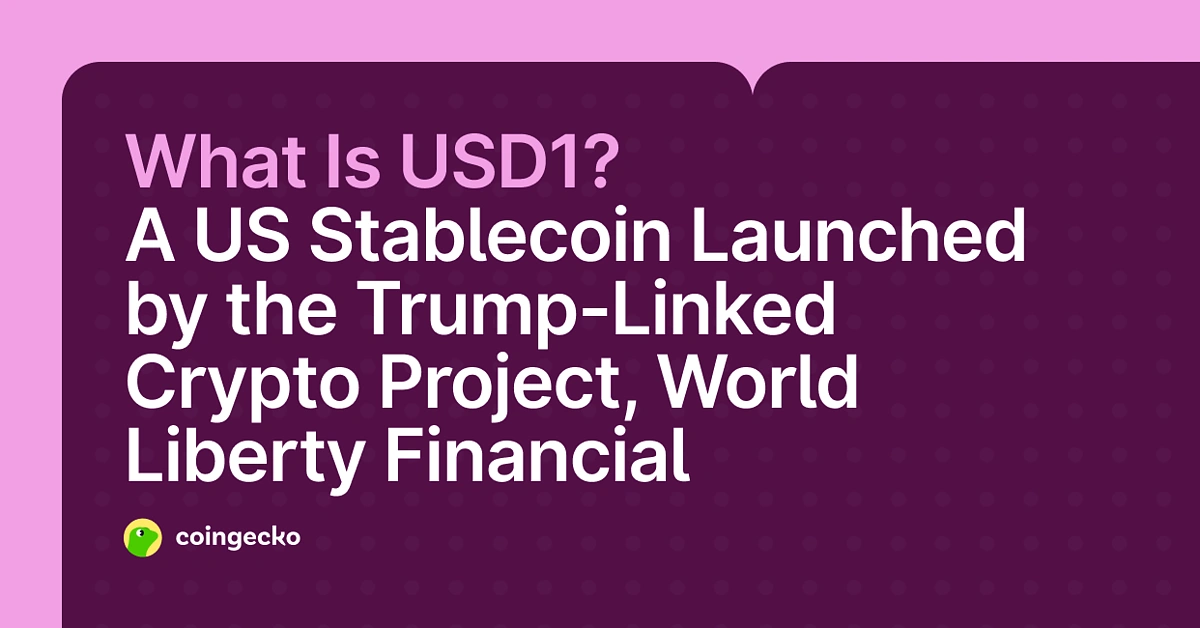

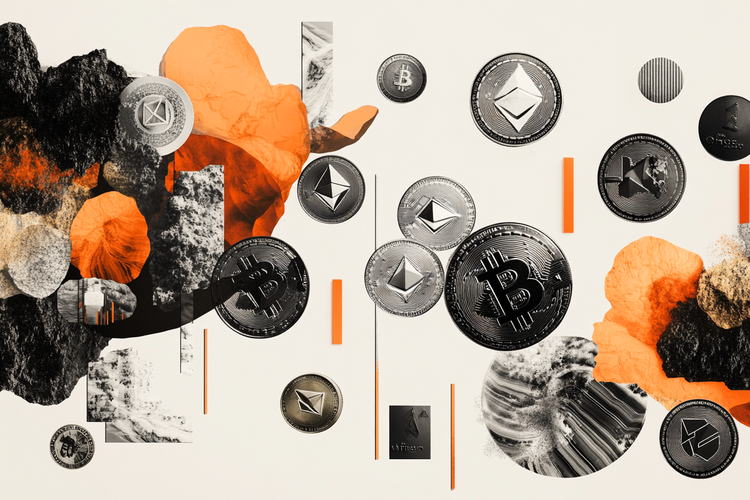






/cloudfront-us-east-1.images.arcpublishing.com/morningstar/SPC2WLIZ4JA43BPP7TBAY6CXDY.jpg)

